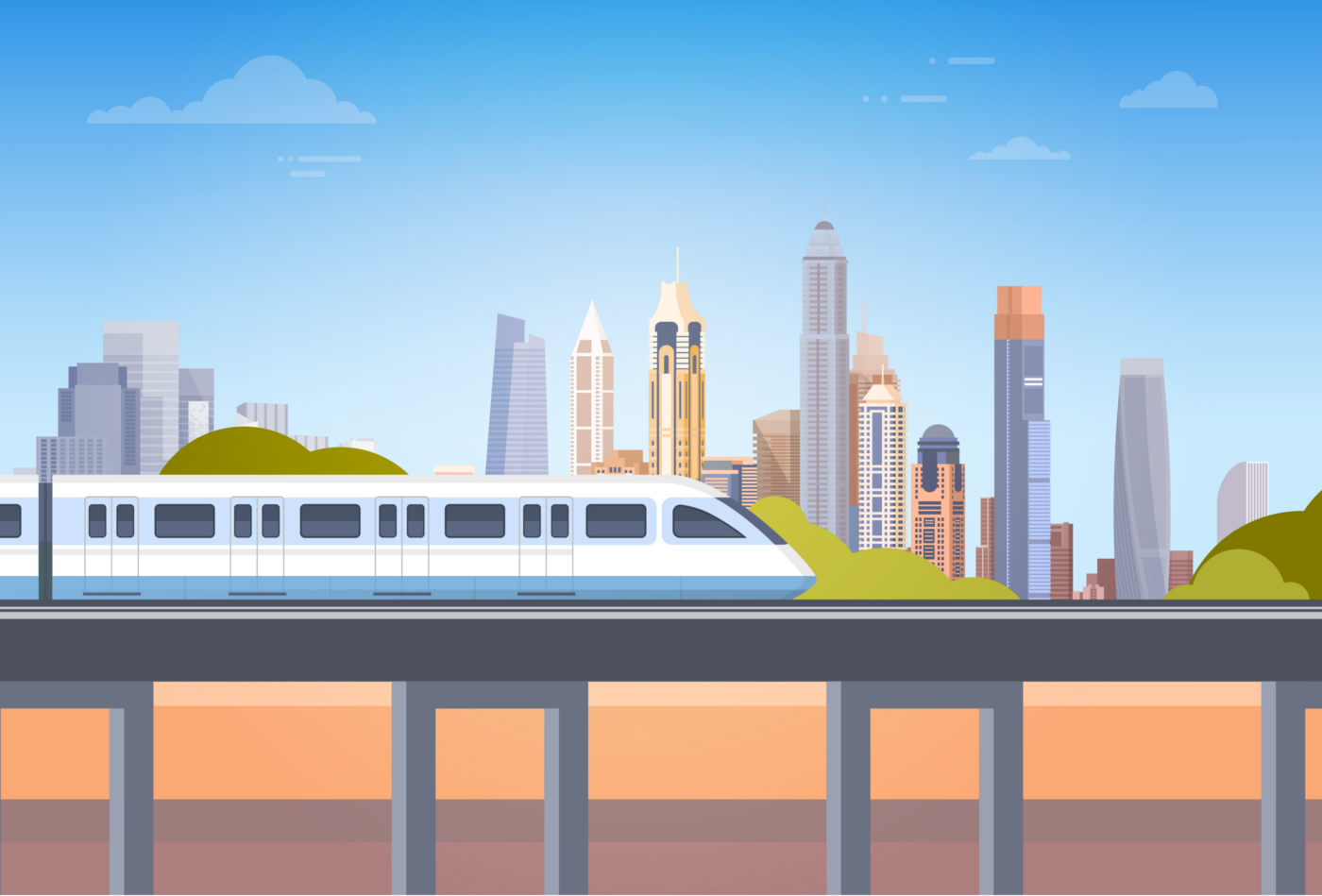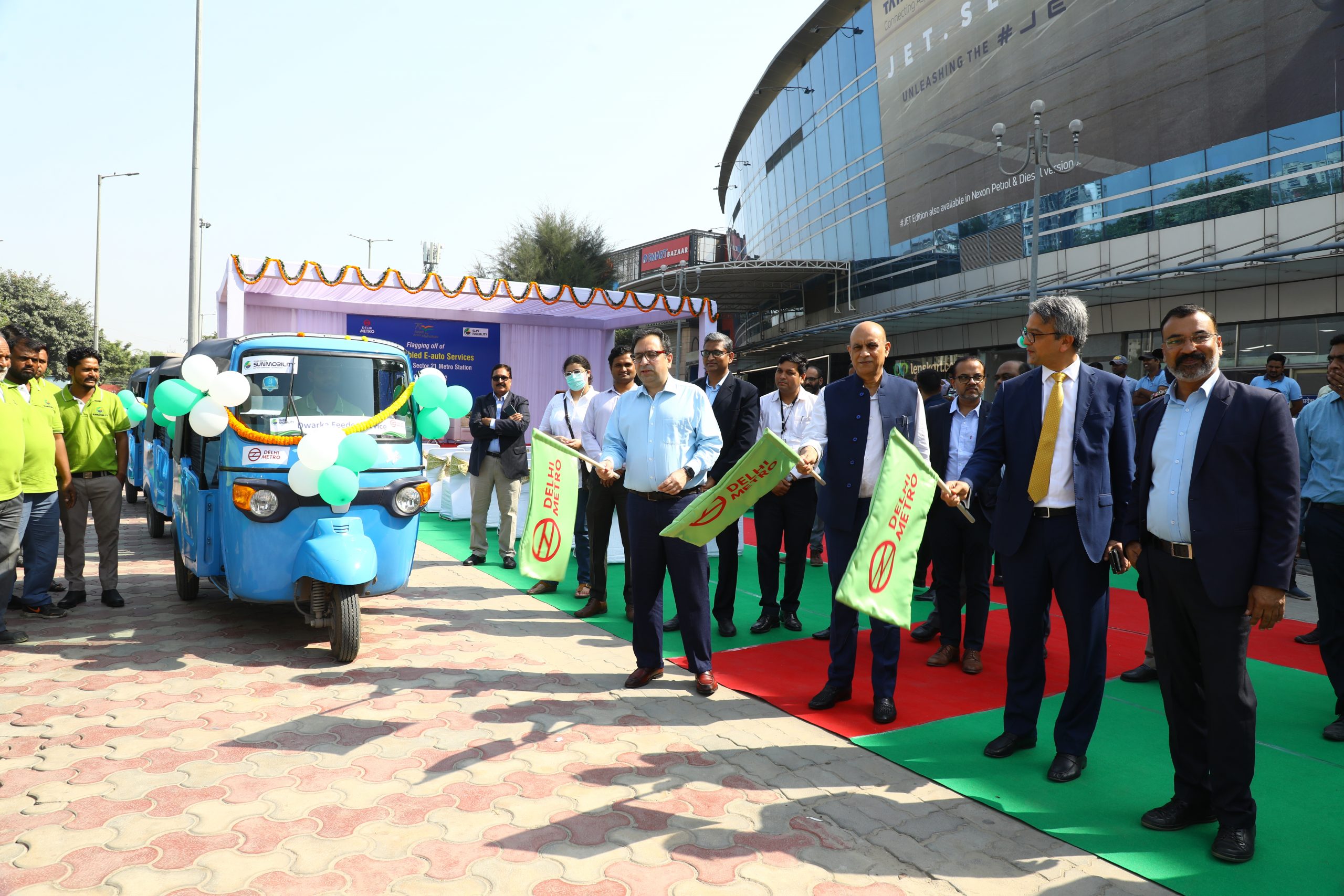Mobility as a Service (MaaS) is an innovative concept that has the potential to transform the way people move around cities and regions. MaaS is a system that provides users with access to various transportation modes, such as public transit, bike-sharing, ride-hailing, car-sharing, and more, through a single digital platform. The goal of MaaS is to provide seamless, sustainable, and affordable mobility options to individuals and businesses, while reducing traffic congestion, air pollution, and carbon emissions. In this article, we will explore what MaaS is, its key components, benefits, challenges, and the future of this emerging technology.
What is Mobility as a Service (MaaS)?
Mobility as a Service (MaaS) can be defined as a concept that integrates different modes of transportation into a single platform, allowing users to plan, book, and pay for their trips with ease. MaaS is a response to the growing need for more sustainable and efficient transportation solutions, particularly in urban areas where traffic congestion and air pollution are major problems. MaaS systems can be operated by public transit agencies, private companies, or a combination of both, and can be accessed through mobile apps, websites, or physical kiosks.
Key Components of Mobility as a Service (MaaS)
The key components of Mobility as a Service (MaaS) include:
- Trip Planning: MaaS systems provide users with real-time information about different transportation options, such as schedules, fares, and routes, enabling them to plan their trips in advance.
- Booking: MaaS systems allow users to book and pay for transportation services through a single digital platform, making the process more convenient and seamless.
- Payment: MaaS systems support various payment methods, such as credit cards, digital wallets, or mobile payments, depending on the user’s preference and the service provider’s policy.
- Customer Support: MaaS systems offer customer support services, such as feedback, complaints, and assistance, to ensure a high level of user satisfaction.
Benefits of Mobility as a Service (MaaS)
Mobility as a Service (MaaS) has several benefits, such as:
- Convenience: MaaS systems provide users with a one-stop shop for all their transportation needs, making it easier and more efficient to plan and book trips.
- Affordability: MaaS systems offer competitive pricing and flexible payment options, enabling users to save money and choose the transportation mode that best suits their budget.
- Sustainability: MaaS systems promote more sustainable and eco-friendly transportation modes, such as public transit, bike-sharing, and car-sharing, reducing the reliance on personal cars and the associated emissions.
- Reduced Congestion: MaaS systems can help reduce traffic congestion by encouraging more efficient use of transportation modes, such as carpooling or public transit.
Challenges of Mobility as a Service (MaaS)
Mobility as a Service (MaaS) also faces several challenges, such as:
- Data Management: MaaS systems rely on vast amounts of data from various sources, such as transportation providers, users, and third-party platforms, which can be difficult to manage and protect.
- Regulation: MaaS systems operate in a complex regulatory environment, where different transportation modes and providers are subject to different laws and standards, making it challenging to ensure a level playing field for all.
- Infrastructure: MaaS systems require adequate physical and digital infrastructure, such as reliable public transit networks, bike lanes, charging stations, and mobile networks, which may not be available in all areas.
- Consumer Behavior: MaaS systems may face resistance from consumers who are used to traditional modes of transportation and may not be willing to switch to new and unfamiliar services. Additionally, consumer preferences and behaviours can be difficult to predict and can change rapidly over time, making it challenging for MaaS providers to anticipate and meet their needs.
- Integration: MaaS Systems rely on integrating different modes of transportation, such as buses, trains, bikes, and ride-sharing services, into a seamless and interconnected network. This requires coordination and collaboration between different transportation providers and stakeholders, which can be difficult to achieve due to competing interests and priorities.
- Affordability: MaaS systems aim to provide convenient and cost-effective transportation options to users. However, the affordability of MaaS services can be a barrier for many people, especially those with low income or n rural areas where transportation options may be limited.
Overall, the challenges facing Mobility as a Service (MaaS) are complex and multifaceted, requiring innovative solutions and collaborative efforts from stakeholders across the transportation industry to overcome.
Here are some of the latest developments and updates on Mobility as a Service (MaaS):
- Expansion of MaaS platforms: The MaaS market is expanding rapidly, with several new players entering the market and existing platforms expanding their services. For example, the MaaS platform Moovit has recently expanded its services in India, Brazil, and the US, while Whim, a MaaS operator in Europe, has partnered with Hyundai to offer new services in Asia.
- Integration with autonomous vehicles: MaaS systems are likely to integrate with autonomous vehicles in the future, offering users more flexible and efficient transportation options. For example, the MaaS operator Uber has recently partnered with the self-driving car company Aurora to develop autonomous ride-hailing services.
- Shift to subscription-based models: MaaS providers are increasingly adopting subscription-based models, where users pay a monthly fee for access to a range of transportation options. For example, the MaaS platform Splyt has recently launched a subscription service in London, offering users unlimited access to ride-hailing services and other transportation modes.
- Growing demand for micro-mobility: Micro-mobility options such as e-scooters and e-bikes are becoming increasingly popular, and MaaS platforms are incorporating these modes into their offerings. For example, the MaaS operator Whim has recently partnered with the e-scooter company Tier to offer users more transportation options in Germany and Finland.
- Role in sustainable transportation: MaaS is seen as a key tool for promoting sustainable transportation and reducing carbon emissions. Several MaaS providers are partnering with cities and governments to develop more sustainable transportation options, such as electric buses and bike-sharing programs.
Overall, the MaaS market is evolving rapidly, with new technologies, services, and partnerships emerging all the time. As more cities and regions seek to promote sustainable and efficient transportation options, MaaS is likely to play an increasingly important role in shaping the future of mobility.
Sustainable Modes of Transport: Key to a Greener Future
India is a rapidly urbanizing country, and as its cities continue to grow, there is an urgent need to develop sustainable and efficient transportation systems. With the rise in pollution levels and traffic congestion, sustainable modes of transport are becoming increasingly important. In this article, we’ll explore some of the sustainable modes of transport that can help make India’s cities greener and more livable.
Cycling
Cycling is one of the most sustainable modes of transport, and it has numerous benefits. It is a low-cost and environmentally friendly way to get around, and it also has health benefits. Cycling can help reduce air pollution, traffic congestion, and carbon emissions. In addition, it is a great way to stay fit and active.
However, cycling infrastructure in India is still underdeveloped, and there are several challenges that need to be addressed. These include a lack of dedicated cycling lanes, poor road conditions, and safety concerns. To promote cycling as a sustainable mode of transport, cities need to invest in cycling infrastructure, including dedicated lanes, bike parking, and safety measures.
Public Transit
Public transit is another sustainable mode of transport that can help reduce traffic congestion and air pollution. In India, public transit includes buses, trains, and metros. Public transit is a more affordable and environmentally friendly way to get around compared to private vehicles. It can also help improve accessibility for people who cannot afford private vehicles.
However, public transit in India is often overcrowded and unreliable, which can discourage people from using it. To promote public transit as a sustainable mode of transport, cities need to invest in improving the quality and reliability of services. This could include increasing the frequency of buses and trains, improving passenger comfort, and introducing new technologies, such as smart cards and real-time passenger information.
Electric Vehicles
Electric vehicles (EVs) are a sustainable mode of transport that can help reduce air pollution and carbon emissions. They are also more energy-efficient compared to conventional petrol and diesel vehicles. In India, the government has set ambitious targets for EV adoption, and several cities have already started to promote the use of EVs.
However, there are several challenges that need to be addressed to promote EVs as a sustainable mode of transport. These include a lack of charging infrastructure, high upfront costs, and limited vehicle range. To promote EVs, the government needs to provide incentives, such as tax breaks and subsidies, to encourage people to switch to EVs. Additionally, cities need to invest in developing charging infrastructure, including public charging stations.
Walking
Walking is a sustainable mode of transport that is often overlooked. It is a low-cost and environmentally friendly way to get around, and it also has health benefits. Walking can help reduce air pollution and traffic congestion, and it can also help improve accessibility for people who cannot afford private vehicles.
However, walking infrastructure in India is often inadequate, with poorly maintained sidewalks and road crossings. To promote walking as a sustainable mode of transport, cities need to invest in developing pedestrian infrastructure, including well-maintained sidewalks, pedestrian crossings, and street lighting.
Conclusion
Sustainable modes of transport are key to a greener and more livable future in India. Cycling, public transit, electric vehicles, and walking are all sustainable modes of transport that can help reduce air pollution, traffic congestion, and carbon emissions. However, to promote these modes of transport, cities need to invest in developing the necessary infrastructure and services. By doing so, we can create a more sustainable and efficient transportation system that benefits everyone.






